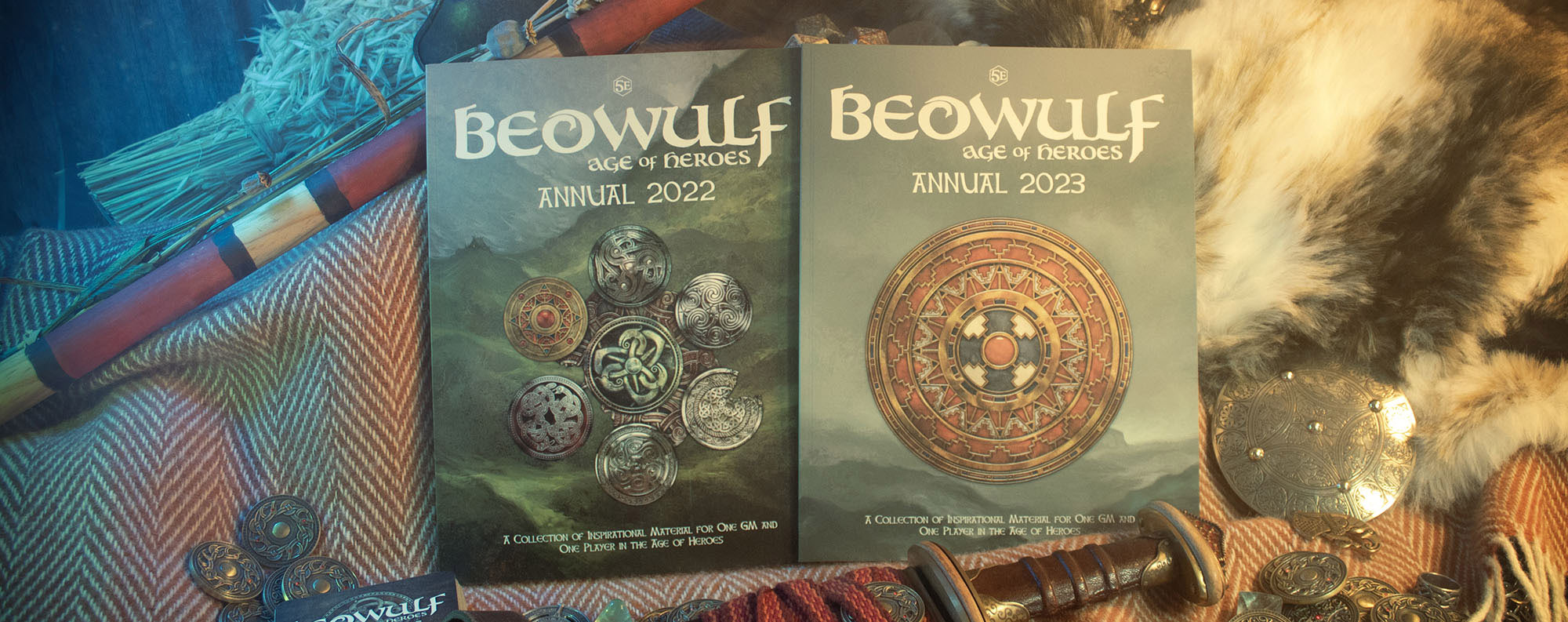We have just released two new backdrop books – Deserts and Warmer Climes, and Planets and Nebulae. These are not being kickstarted – they’re done, and A4 stock arrives with us tomorrow, the A3s next week.
We’ve opened a pre-order today on our web store so that we can get ahead of picking and packing, before we open general orders next week.
The pre-order is here.
Let’s check out the preview images of all the pages!


And that’s not all! We have some super exciting Backdrop Book news to reveal later today UK time. So be sure to keep an eye on our website and social media for that announcement!
You can follow us:
Facebook: https://www.facebook.com/handiworkgames
Instagram: https://www.facebook.com/handiworkgames
Bluesky: https://bsky.app/profile/handiworkgames.bsky.social
Or join the FB Backdrops group.







